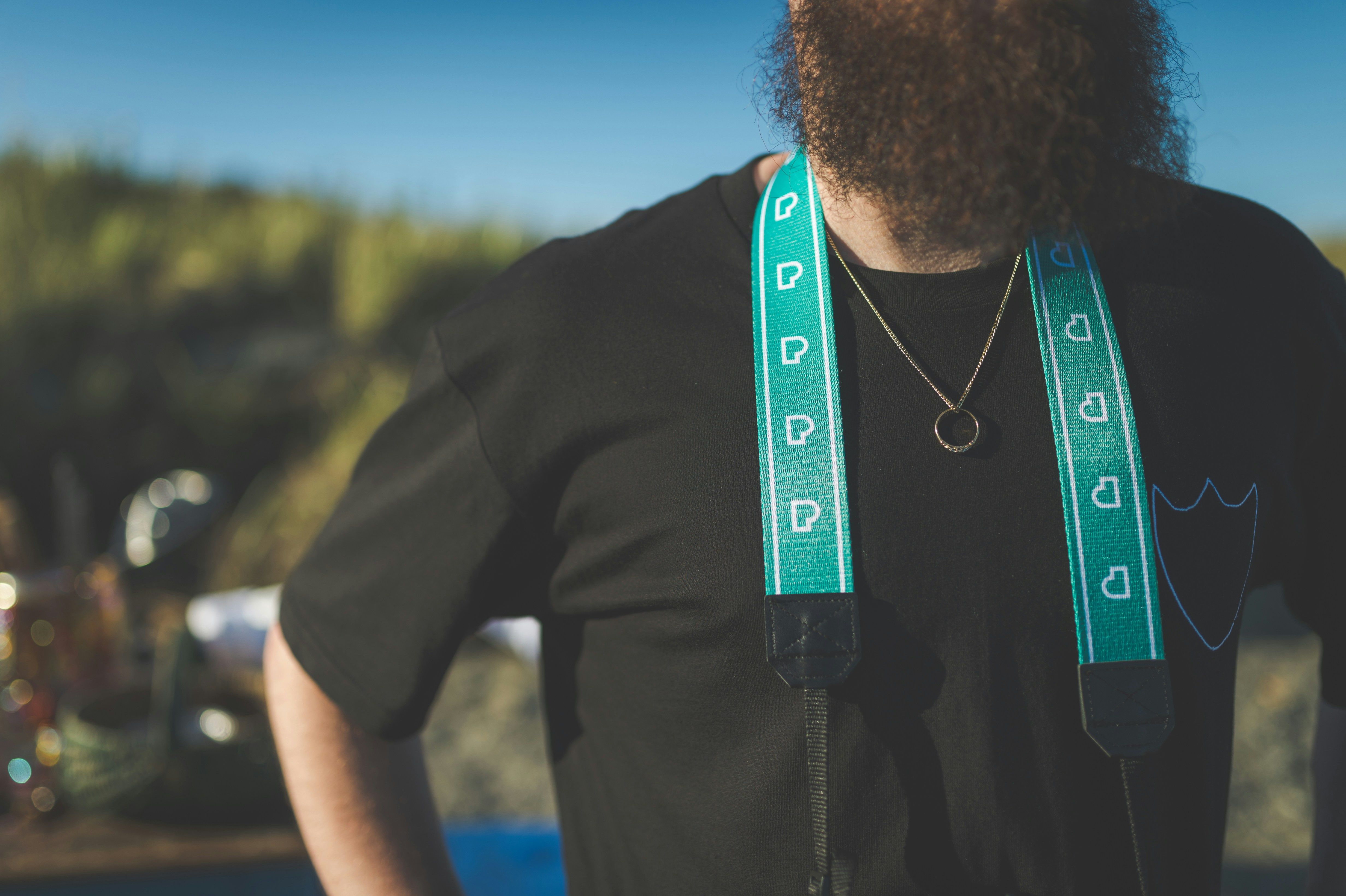Comparing Psychotropics and Intellectual Boosters: The Influence of Varied Mental Enhancers on Creative Ideation
Unlocking the Mind's Potential: Psychedelics and Nootropics as Creativity Enhancers
Psychedelics and nootropics, two distinct categories of substances, are increasingly popular for their purported ability to boost cognitive function and stimulate creativity. Let's delve into how these substances work, their effects on the brain, and which one might be more suitable for you.
Psychedelics: Altering Perception and Expanding Consciousness
Originating from various cultural and spiritual practices, psychedelics are substances that alter one's perception, mood, and cognitive processes (1). Some well-known examples include LSD (lysergic acid diethylamide), psilocybin from "magic mushrooms," and DMT (dimethyltryptamine). These substances primarily affect the brain by interacting with serotonin, a neurotransmitter that regulates mood, perception, and cognition (1). When psychedelics bind to certain serotonin receptors, especially the 5-HT2A receptor, they can disrupt the brain's usual pattern of information processing, leading to vivid visual experiences, altered sense of time, and a sense of interconnectedness with the world (1).
The effects on creativity can be transformative. By disrupting conventional thought patterns, psychedelics foster out-of-the-box thinking and the formation of new ideas (1). Many users report experiencing their minds making unexpected connections between previous unrelated concepts, which can be particularly beneficial for artists, writers, and those seeking to overcome creative blocks.
Nootropics: Enhancing Focus and Boosting Cognitive Function
Unlike psychedelics, nootropics, often dubbed "smart drugs," are designed to improve cognitive function without significantly altering perception (1). These substances include a variety of compounds, such as natural herbs, vitamins, and synthetic drugs. Examples include caffeine, L-theanine, racetams, and ginkgo biloba.
Nootropics operate by supporting and enhancing various brain processes. Some improve blood flow to the brain, while others elevate energy production or increase the availability of neurotransmitters that aid in concentration, memory, and alertness (2). While nootropics may not directly induce out-of-the-box thinking or produce radical shifts in consciousness, they offer a clear and focused mental state, making it easier to concentrate on creative projects (2).
Choosing Your Creative Companion
When deciding which substance to incorporate into your routine, factors such as your specific goals, lifestyle, and legal constraints should be considered. If you seek a profound shift in perception and creativity while being aware of the risks and legal implications, psychedelics might offer remarkable experiences (3). On the contrary, if you aim to achieve enhanced focus and productivity in your daily tasks, nootropics may be more suitable. Brain supplements can provide a harmonious approach, promoting long-term brain health and gradually improving cognitive function (3).
The Rise of Creativity: Psychedelics vs. Nootropics
While both psychedelics and nootropics can boost creativity, their effects differ significantly:
- Mind Expansion vs. Focus: Psychedelics tend to expand the mind, enabling novel experiences and perceptions. On the other hand, nootropics concentrate on enhancing focus and clarity, qualities that can be extremely useful during the execution of creative projects.
- Short-term vs. Long-term Effects: Psychedelics are normally used for short-term creative boosts or moments of insight, while nootropics can be part of a long-term strategy for cognitive enhancement, aiding in maintaining a high level of creativity over time.
- Risk vs. Safety: Psychedelics can introduce risks such as intense trips and psychological effects, whereas nootropics are generally considered safer, with fewer side effects when used responsibly (3).
Real-World Applications
Many artists, writers, and innovators have credited psychedelics with inspiring their groundbreaking work, with Steve Jobs famously referring to his experiences with LSD as "one of the two or three most important things" he had done in his life (3). On the other hand, nootropics are appreciated by professionals and students seeking sustained mental performance without the drastic shifts in perception that psychedelics induce.
Considerations for Use
To safely and effectively explore the use of psychedelics or nootropics for creativity enhancement, it's essential to consider the following factors:
- Legal Status: Many psychedelics are illegal in most parts of the world, with using them potentially resulting in legal repercussions. Nootropics are generally legal, but it's crucial to check the regulations in your area.
- Research and Guidance: Extensive research is crucial before trying any new substance. Consulting with professionals such as healthcare providers or therapists familiar with these substances can help ensure safe and effective use.
- Psychological State: Both psychedelics and nootropics can have different effects depending on your mental state and environment; it's essential to ensure a supportive and safe setting, especially when using psychedelics (4).
Ultimately, understanding the effects of psychedelics and nootropics and using them responsibly can lead to enhanced creativity and cognitive function. As research continues to advance, we may gain even deeper insights into these fascinating substances and their potential uses.
References:(1) Carhart-Harris, R. L., et al. "The council of inspiration: understanding the serotonergic psychedelic experience of the mystic."Philosophical Transactions of the Royal Society B: Biological Sciences, vol. 373, no. 1745, 2018, p. 20170360.(2) Sarter, Marisa (2000). Modulation of synaptic plasticity and memory by noradrenergic neurons. Clinical Neuropharmacology. 23. 181–191.(3) Chrudich, W., & Braun, W. (2018). The use of psilocybin for the treatment of cluster headache. Journal of the International Headache Society, 21(4), 653-656.(4) Johnson, M. W., Griffiths, R. R., McCann, U., & Ford, J. D. (2008). Psilocybin mustache: The 3, 4, 5, and 6- methoxy PCP model. Journal of psychopharmacology (Oxford, England), 22(4), 468-480.
- Psychedelics and nootropics, both renowned for boosting cognitive function and stimulating creativity, affect the brain in unique ways through their interaction with neurotransmitters such as serotonin and dopamine.
- Enhancing brain health and optimizing mental performance, science continuously explores the realms of health-and-wellness, including the fields of innovation and mental-health, in search of effective solutions.
- Given the varying effects of psychedelics and nootropics, selecting the optimal substance for specific goals depends on factors like lifestyle, desired outcomes, and individual preferences, as well as the legal implications and psychosocial conditions.
- While psychedelics can alter perception and expand consciousness, disrupting conventional thought patterns to foster out-of-the-box thinking, nootropics focus on enhancing focus and clarity, supporting sustained mental performance in creative projects.
- Addressing short-term creative bursts or moments of insight, psychedelics are normally used for a brief period, while nootropics can be part of a long-term strategy for gradual cognitive enhancement and maintaining high creativity levels over time.
- With psychedelics potentially carrying risks such as intense trips and psychological effects, nootropics are generally considered safer, offering fewer side effects when used responsibly.
- Artists, writers, and innovators have often credited psychedelics with inspiring groundbreaking work, while professionals and students appreciate nootropics for their sustaining capabilities without drastic shifts in perception.
- When venturing into the use of psychedelics or nootropics for creativity enhancement, it's essential to consider legal status, research the substances, and obtain guidance from healthcare providers or therapists to ensure safe and effective practices.
- A supportive and safe environment is essential, especially when using psychedelics, to maximize the benefits of these substances and unleash their potential for promoting cognitive function, creativity, and overall mental well-being.







